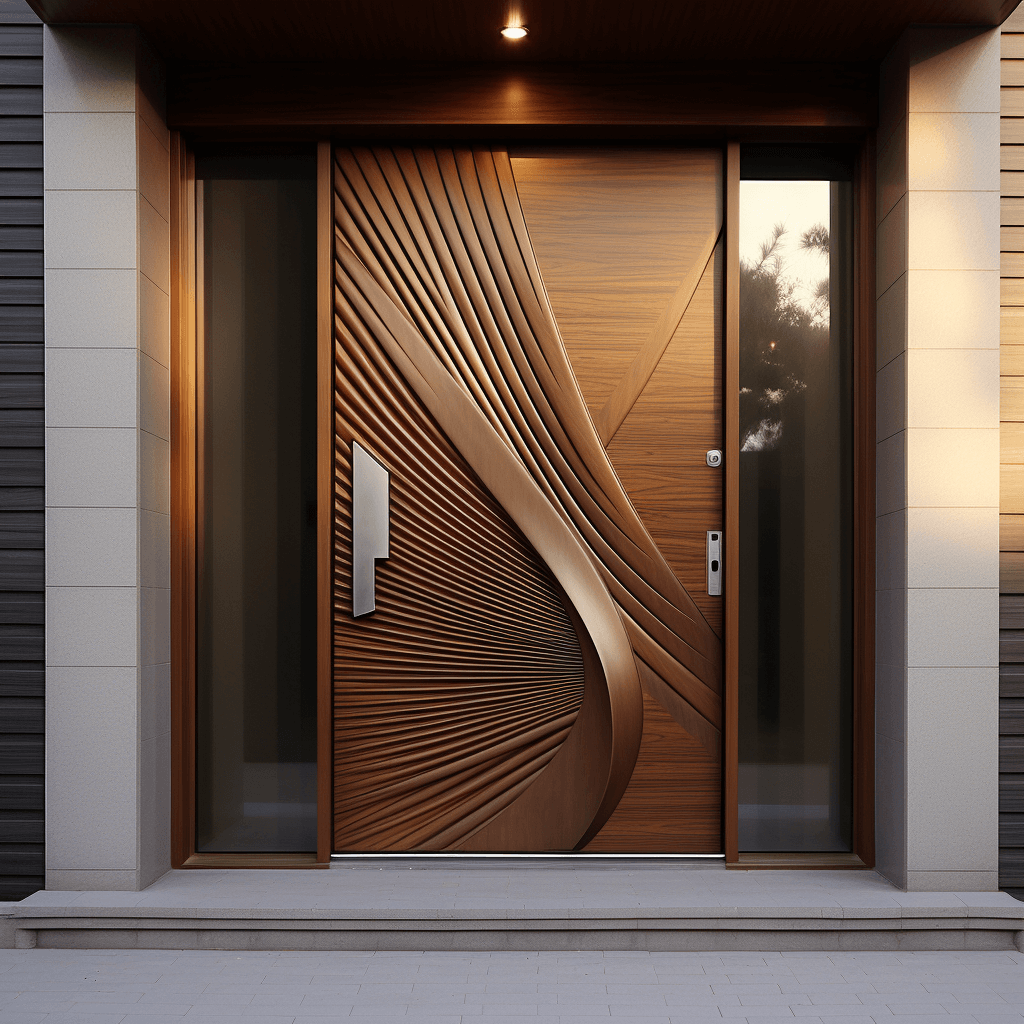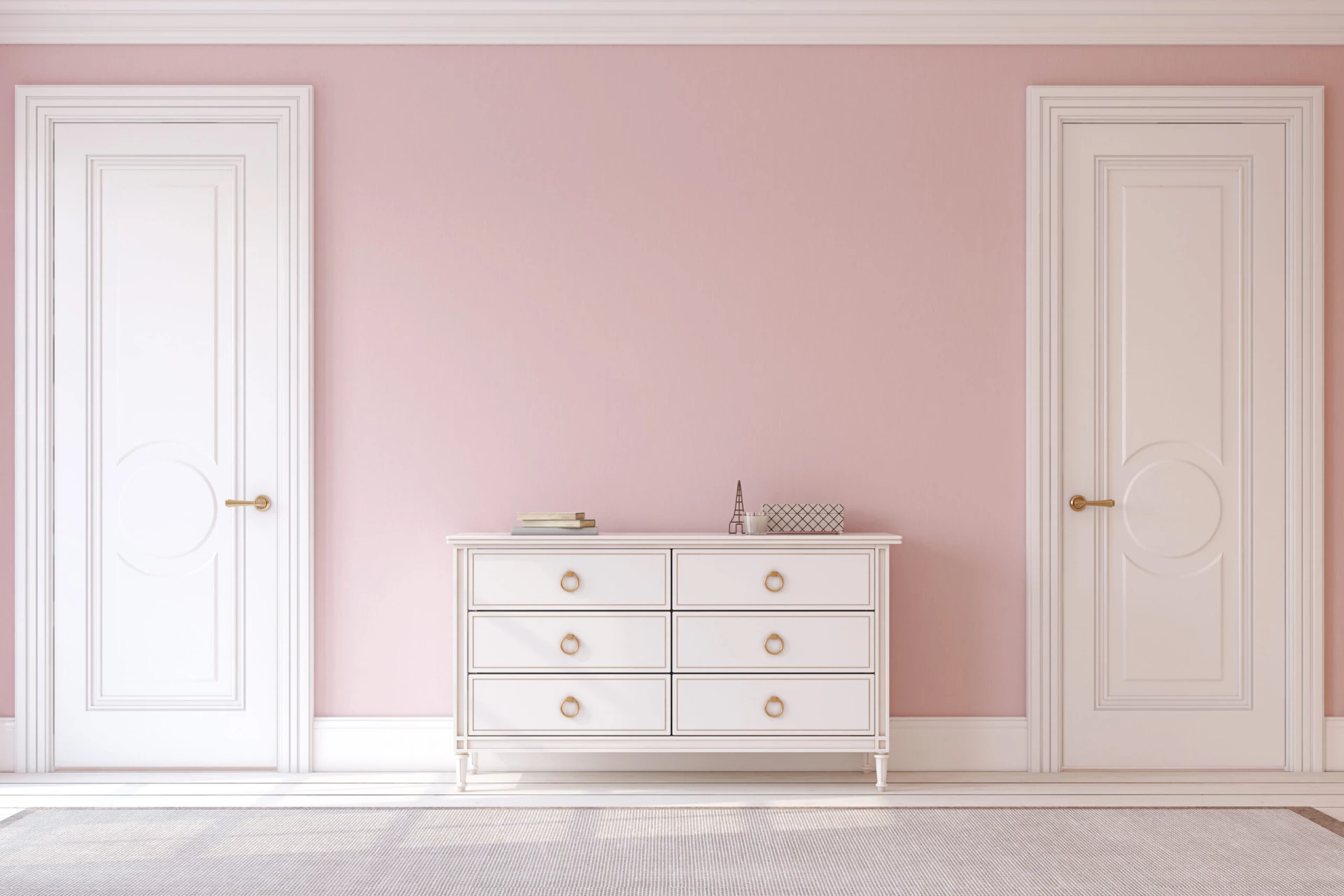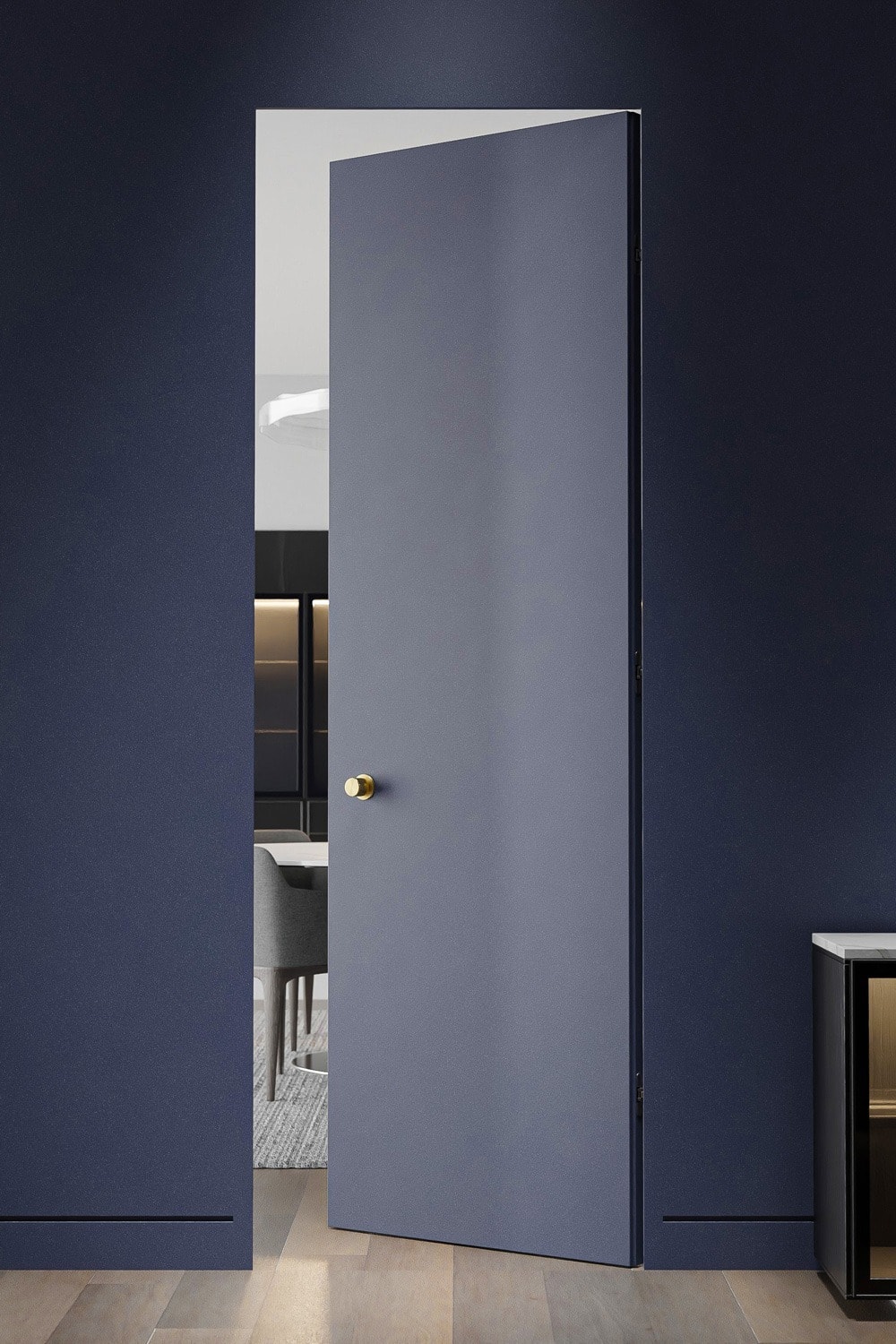My shopping cart
Your cart is currently empty.
Continue ShoppingDoors are an essential part of any building, whether it's a residential or commercial property. They not only provide security and privacy but also add to the aesthetic appeal of the space. While doors may seem like simple elements, they are made up of various components that work together to function properly. One such crucial component is the door jamb.
In this article, we will explore the various door jamb options available in the modern era. From traditional wooden door jambs to more contemporary options like metal and composite materials, we will discuss their features, benefits, and drawbacks.
We will also touch upon the importance of choosing the right door jamb for your specific needs and how it can impact the overall look and functionality of your door. So, whether you are building a new property or looking to replace your existing door jambs, this article will provide you with all the necessary information to make an informed decision. Let's dive in page!

A door jamb, also known as a door frame, is the vertical part of a doorway that holds the door in place. It consists of two main parts - the side jambs (also called uprights) and head jamb (the horizontal piece that connects the side jambs). The door is usually attached to the jamb using hinges, and the latch or lock mechanism is installed on it as well.
While door jambs may seem like a simple component, they play a crucial role in providing stability and support to the door. They also help in creating an airtight seal, preventing drafts and noise from entering the room. Additionally, they add structural integrity to the entire doorway and prevent any warping or sagging of the door over time.

Here are some of the most common door jamb options available in the market today:
Wooden door jambs are a classic and popular choice due to their natural appearance and versatile applications. They are typically crafted from hardwood or softwood, which provides strength and durability. Wooden jambs can be stained, painted, or left in their natural state to match any decor style.
Proper maintenance and regular sealing are necessary to prevent rotting, warping, or termite infestation. However, wooden jambs can be more susceptible to damage from moisture and extreme weather conditions.
Metal door jambs are a modern and contemporary option that offers strength, durability, and security. They are commonly made of steel or aluminum and come in various finishes such as polished, painted, or powder-coated. Metal jambs are resistant to rotting, warping, and termite damage, making them a low-maintenance option.
However, they can be more expensive than wooden jambs and may not offer the same level of insulation against heat and cold.
Composite door jambs are made of a combination of materials such as wood fibers and thermoplastic resins. This results in a strong and durable jamb that is resistant to moisture, rotting, and termites. They also offer better insulation compared to metal jambs.
Composite jambs come in various styles and finishes, making them a versatile option for any home. However, they can be more expensive than wooden jambs.
Pocket door jambs are designed specifically for pocket doors, which slide into the wall when opened. They consist of a metal frame with a track on top that holds the door in place. This type of jamb offers space-saving benefits and is ideal for smaller rooms or tight spaces.
However, pocket door jambs may not provide as much structural support as traditional door jambs and may require professional installation.
Split door jambs are an innovative design that allows you to split the jamb in half for easy installation or removal of the door. This type of jamb is commonly used for exterior doors and offers versatility in terms of installation and maintenance.
However, split door jambs may not be as sturdy as traditional one-piece jambs and may require frequent adjustments to maintain proper alignment.
Pre-hung door jambs come with the door already attached to the jamb, making it a convenient option for installation. They are usually made of wood or composite materials and can come in a variety of styles and finishes. Pre-hung jambs also offer better insulation compared to traditional wooden jambs.
However, pre-hung door jambs may be more expensive than purchasing separate components, and they may not allow for customization in terms of door and jamb materials.

Here are some factors to consider when choosing the right door jamb for your specific needs:
Material- Consider the climate and location of your property, as well as your budget and desired aesthetic, when choosing the material for your door jamb.
Durability- The door jamb should be able to withstand daily wear and tear, as well as any potential threats such as extreme weather conditions or pests.
Insulation- If energy efficiency is a priority, opt for materials that offer better insulation against heat and cold.
Maintenance- Choose a material that fits your lifestyle and maintenance capabilities. For example, if you prefer low-maintenance options, avoid wood jambs that require regular sealing.
Installation- Depending on your DIY skills and the complexity of the jamb design, consider whether you will need professional installation or can handle it yourself.
Aesthetics- The door jamb should complement the style and design of your door and overall interior or exterior aesthetic.
By considering these factors and weighing the pros and cons of each type of door jamb, you can make an informed decision that best suits your needs and preferences. Remember to also properly measure your doorway before purchasing a new door jamb to ensure a proper fit.
Selecting the right door jamb is crucial to ensure the durability, insulation, and overall aesthetic of your doors. At My City Doors, we offer a wide range of high-quality door jambs to meet your specific needs and preferences. Our metal door jambs provide strength and security while our composite options offer resistance against moisture and termites.
We also have pocket, split, pre-hung, and hidden frame door jambs for added convenience and style. Our showroom in Staten Island showcases various styles and finishes to choose from for both interior and exterior doors. You can trust us as your source for premium residential doors with superior craftsmanship and materials.
With our extensive catalog of door collections, including modern European, rustic, and traditional designs, we have the perfect jamb to complement your chosen door. Trust My City Doors for all your door jamb needs – contact us today!
Wall thickness influences the size and installation of windows, as thicker walls may require deeper sills and adjustments to accommodate window widths and edges properly.
A window sill is the horizontal ledge at the bottom of a window that helps direct water away from the wall and adds a finished look to the window opening.
The ideal swing for windows depends on the type of window and its size. Single windows typically swing in one direction, while double-hung or casement windows may offer more flexibility.
To determine the right window size, consider the wall thickness and the width of the structural opening. Ensure the window fits without cutting into the wall or compromising its integrity.
Yes, windows can be cut to fit smaller openings, but it’s important to ensure that the frame, sill, and edges are properly adjusted to maintain function and security.
Door jambs may seem like a minor detail in your home, but they play a crucial role in the functionality and appearance of your doors. From traditional wooden jambs to modern metal options, there is a wide range of choices available to suit any style, budget, and needs.
Consider the factors mentioned above when choosing the right door jamb for your home and trust My City Doors for quality products and expert installation services. So why wait? Upgrade your doors with high-quality door jambs today!